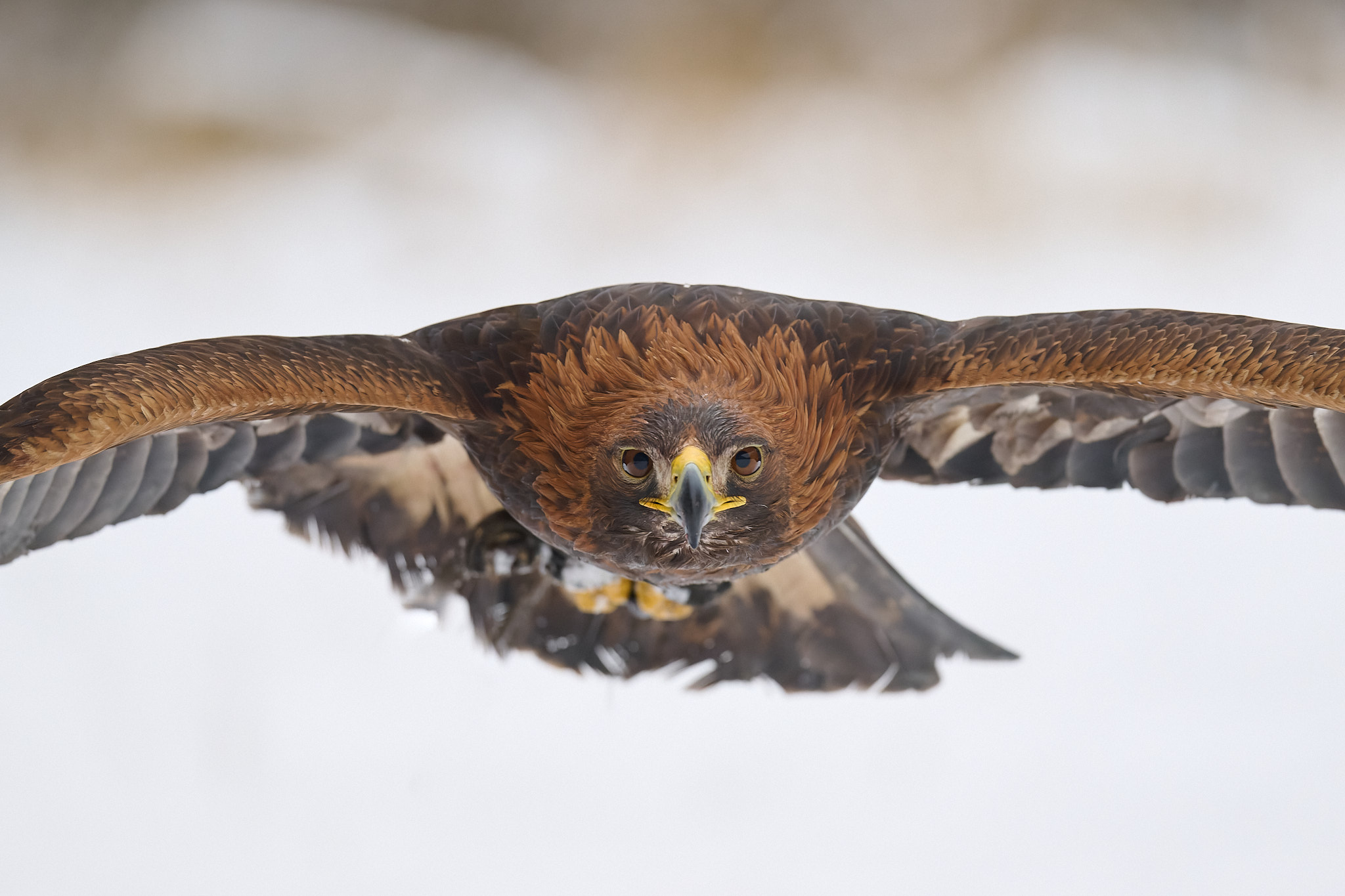EricKlees
Well-known member
Are you certain? I have friends with A1's and R5/R3's that also complain about this issue at least a couple times every time we're out shooting at Conowingo Dam getting the Bald Eagles. One with the R3 that travels and sits with Mark Smith have up on the R3, have it to his wife and went back to the R5 due to at issues he no longer wanted to deal with.f/4 vs. f/6.3 lens. Alternatively see the comment regarding predictive af algorithms. Either way, this did not occur on my Sony/Canon gear (with the exception of the R7) for these subjects. Interestingly, Canon was known for having poorer tracking for subjects moving directly towards the camera. That was something that they improved and the MILC R5/R3 were much better than the Canon DSLR's in that regard. Again, all of these AF systems have opportunities for improvement.
There is no system that is perfect and the Z9 is better in some situations and the A1 is better in some. It really is how well you learn the system you're using. I've seen people just not adapt well to a system ava so wonderfully with another.
Last edited:




